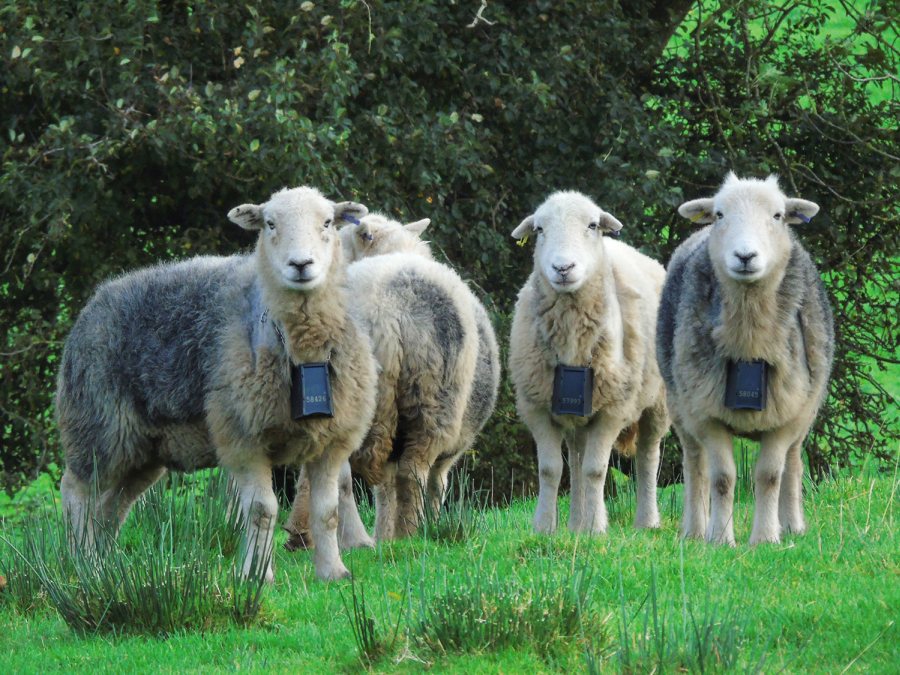
A new and innovative conservation grazing method, using Herdwick sheep fitted with ‘no-fence’ collars, is being trialled to boost farmland birds.
It is hoped that the flock will help to create the ideal nesting habitats for some of the UK’s most threatened farmland birds at RSPB Geltsdale, in Cumbria.
Lapwing, Curlew and Skylark are on the UK red list, which means they are at the highest level of conservation concern.
The flock of 22 Herdwick sheep have been grazing a 26-acre ‘no-fence’ enclosure since February, to help ensure the areas where the birds prefer to nest are now in perfect condition for them.
'No-fence’ is the world’s first virtual fence designed for controlling where livestock graze.
The system consists of an app and a collar where the two communicate with each other over the mobile network.
It means that sheep can be kept within a designated area using this virtual fencing technology.
An electric, non-harmful pulse is triggered initially, but the sheep soon learn to follow the audio warning preceding this.
RSPB Geltsdale is now mid-trial and early signs are that the new grazing method will deliver results.
Ian Ryding, warden at RSPB Geltsdale, said: “Curlews, Lapwing, Skylark, and other ground nesting birds urgently need our help.
"Already these birds are nesting, sitting on their eggs, so this is encouraging to see, and the first Lapwing chicks are expected in the next couple of weeks.”
Ian Bell, who owns the sheep, has been tenant farmer at Tarnhouse Farm, at RSPB Geltsdale since 2016. He and his partner manage a total of 7,000 acres across the two farms.
He said the ‘no-fence’ technology was a game-changer. "We want to manage the land to create a mosaic of habitats rich with wildlife and show how nature friendly farming can enrich the landscape.
“Herdwicks are notorious escape artists and certain individuals have a complete disregard for field boundaries, however, we have managed to train the sheep to go exactly where we want them to.”
If successful, it is hoped the concept could also be used on limestone grassland which needs grazing at different times of year to encourage wildflowers to flourish.
